Keeping your computer clean is an important thing to do. This way, you can maintain the speed performance of your computer and as well as having more space on your hard disk. This is also one habit for you to prevent any threat of danger towards you computer.
There are several things that you have to considered to be clear out on your Mac or Windows and one of them is your system junk file. In this article, we are going to show you how to clear system junk on Mac.
Contents: Part 1. What Is System Junk on Mac?Part 2. How Do You Delete System Files on A Mac?Part 3. How to Clean System Junks Using Mac’s Terminal?Part 4. Conclusion
People Also Read:2 Solutions to Delete Temporary Files.How to Empty Trash on Mac | Full Solutions in Here!
Part 1. What Is System Junk on Mac?
There are a lot of files on your Mac, we don't even know most of these files, because we don't even use them, so we don't know how to clear system junk on Mac. These files are called “system junk”. It contains the following.
- Caches
- Language Files
- Configuration Files
- Logs
- Development Junk, and more.
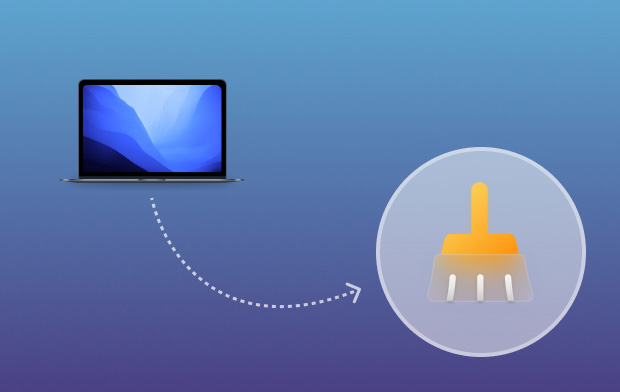
What Are the Components of System Junk?
Let's continue to delve into some of the data on the Mac that contains system garbage so that we can show you ways on how to clear system junk on Mac to release some space.
1. Cache
Most people would like browsing the internet, watching some videos, or reading the news using our Mac. However, only a few know that once you use your browser, it saves your browsing data on your hard drive automatically. Once you visit the same site, the data was already been saved for you to open it in the future quickly. This is a so-called Cache that takes up space on your hard disk and you need to remove these cache files to get space back.
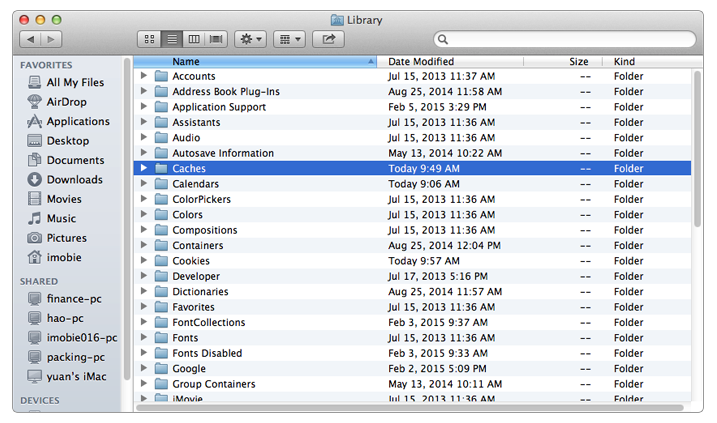
2. Language Files
All of your messages, text files, and other information that you can see on your screen when you are using your Mac is actually saved in a folder. This will help your Mac to translate that information into another language. Language files are actually used so that an application will support other languages. However, most of these languages are the ones that you do not actually need.
3. Development Junk
Once that you have installed and then removed applications, as well as viewing websites and installing games on your Mac, it actually takes up space on your hard disk. These are called your development junks. These type can actually become a cause for your Mac to slow down on its performance. There are also instances that these files are invisible and is stored in a hidden folder.
4. Log Files
This is actually a record of the activity of your application, service or process. However, there is a big chance that your log will start piling up information that you do not need. If you are one of those users who seldom send a crash report, then you can go ahead and clean up your user log so that your applications will have a better performance. Doing this can also save you more space on your hard drive. Of course, you can do this by following the steps on how to clear system junk on Mac with iMyMac PowerMyMac (will mention in Part 2).
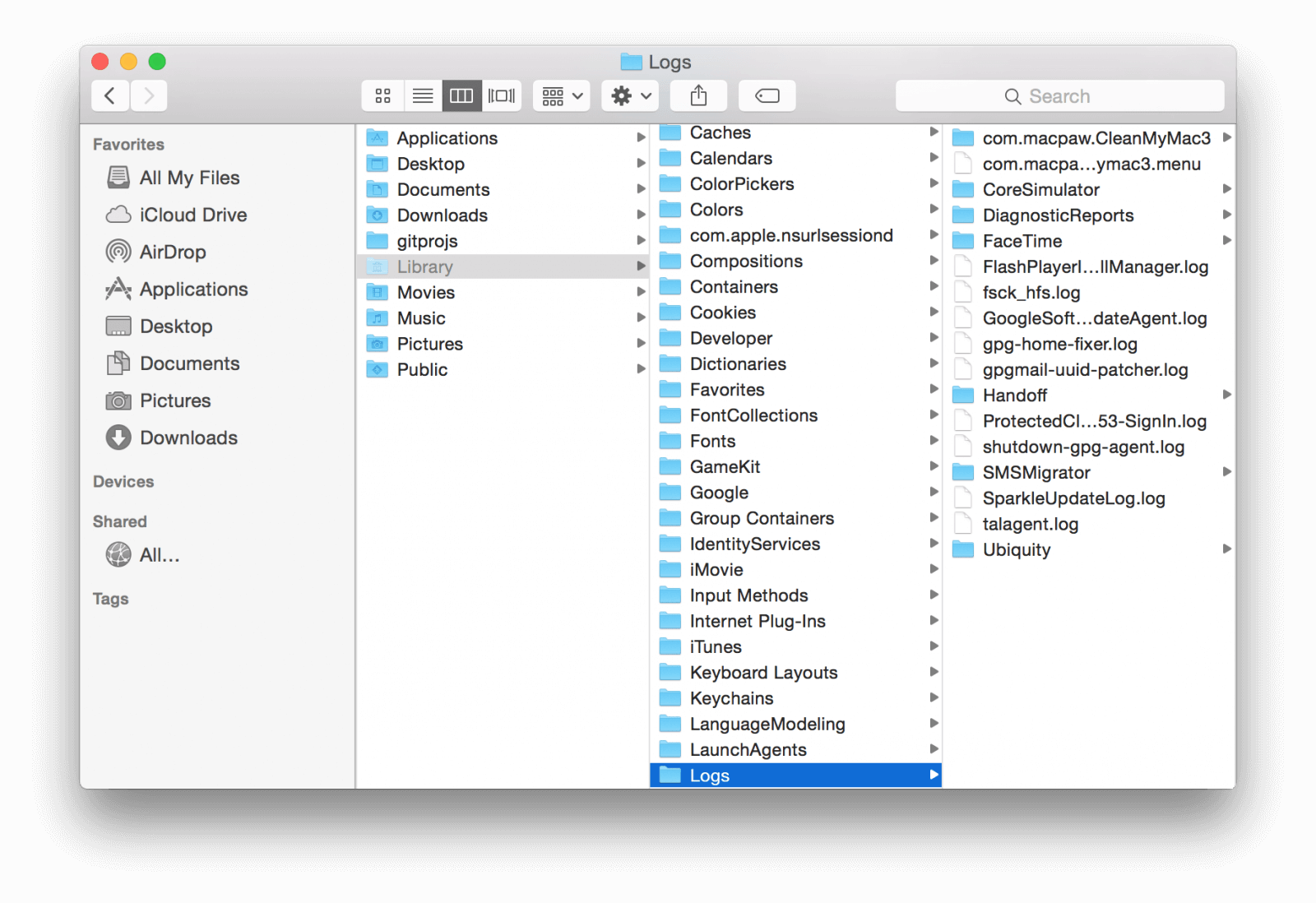
5. Universal Binaries
This data comes in a set of files associated with an application package. This has the ability to run your Mac in two different types of architecture. These types are Intel and PowerPC. However, your Mac only uses one of these two types.
6. Broken Login Items
This refers to an application or a process that actually launched during the startup of your Mac. Now, once that you remove a certain application or a service on your Mac, it actually leaves a broken link behind. These broken links are your broken login. These items do not have any important use on your Mac and this having these piled up can take up some of the valuable resources of your Mac.
7. Broken Preferences
Preferences are files that are commonly found on the content of your application. They are responsible for keeping the parameters that tell an app on how they can operate. But, as time passes by, these types of files can become corrupted and because of this there are problems that can occur such as application crash, corrupted hard drive or a sudden blackout.
So, if you would want that the applications on your Mac will work properly, make sure that you remove these broken preferences. There are also instances that once these files are all piled up throughout the months or years that you are using your Mac, there is a high chance that your Mac will run slow or worst, it can become frozen.
8. XCode Junk
If you are into making your own application, then you also know that XCode and all its supporting apps can start to pile up and can take up a huge amount of space on your Mac. Because of this, the best way for you to do is to clean up your Derived Data, Module Cache, and more. In doing this, you can free up more space on your hard disk.
Tip: If you think Xcode does take up a huge space on your Mac so you want to delete it to save some storage, then here is a complete removal guide for you.
9. iOS Photo Cache
This consists of files that are actually found on your Photos Library. This can be found in a folder which is called iPod Photo Cache. This happens when you try to sync your photos to your iPhone, iPad, or any of your iOS device, then iTunes will create this folder automatically. This is where your caches are stored.
Now you know what exactly is system junk on Mac, it's time to show you easy ways on how to remove system junk on Mac in next part.
Part 2. How Do You Delete System Files on A Mac?
The iMyMac PowerMyMac is the best way to clear system junk on Mac mentioned above in just a few minutes. Not only that, but it can also help you clean up all the junk files that you no longer need on your Mac which are actually eating up your space for storage.
Here is how to use the PowerMyMac to remove system junk on Mac:
- Download and Install PowerMyMac
- Scan Your System Junk Using Junk Cleaner
- Choose System Junk to Clean
- System Junk File – Cleaned!
Step 1. Download and Install PowerMyMac
Go to the official website at www.imymac.com and then hit on the free download button for you to get the program. Once that you have downloaded the PowerMyMac, go ahead and have it installed on your Mac. Then, launch the program.
Step 2. Scan Your System Junk Using Junk Cleaner
You will also see on the left side of your screen a list of modules that the PowerMyMac can do. From that list, go ahead and click on “Junk Cleaner”, then hit on the “SCAN” button so that the program can find all the junk files that you have on your Mac.
Once that the scanning process is complete, PowerMyMac will then show you all the junk files that you have on your Mac in categories. You can also try to select the “Rescan” button if you would want to make another scan on your Mac.
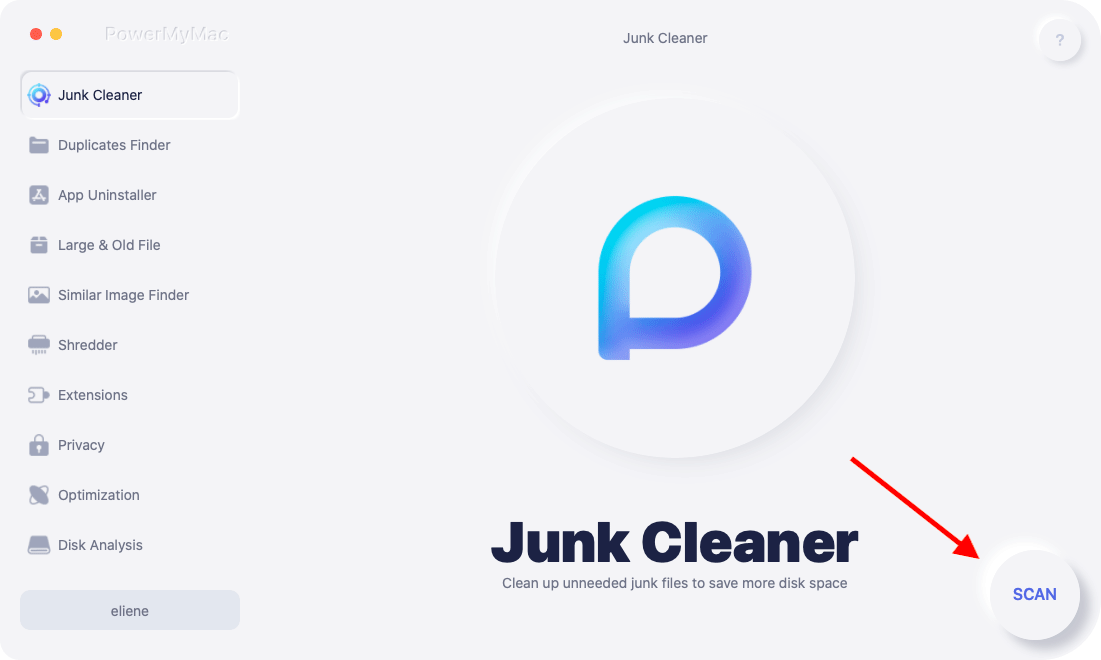
Step 3. Choose System Junk to Clean
As what you can see on your screen, all the junk files that you have on your Mac will all appear by category. You will see their categories such as Application Cache, Photo Cache, Email Cache, System Logs, User Logs, System Cache, System Trash, and more.
From the list of categories, go ahead and locate and select “System Cache”. Once that you select that, all the data that it contains will appear on the right side of your screen. After that, go ahead and click on the “CLEAN” button. Then the program will then start cleaning up your system junk file.
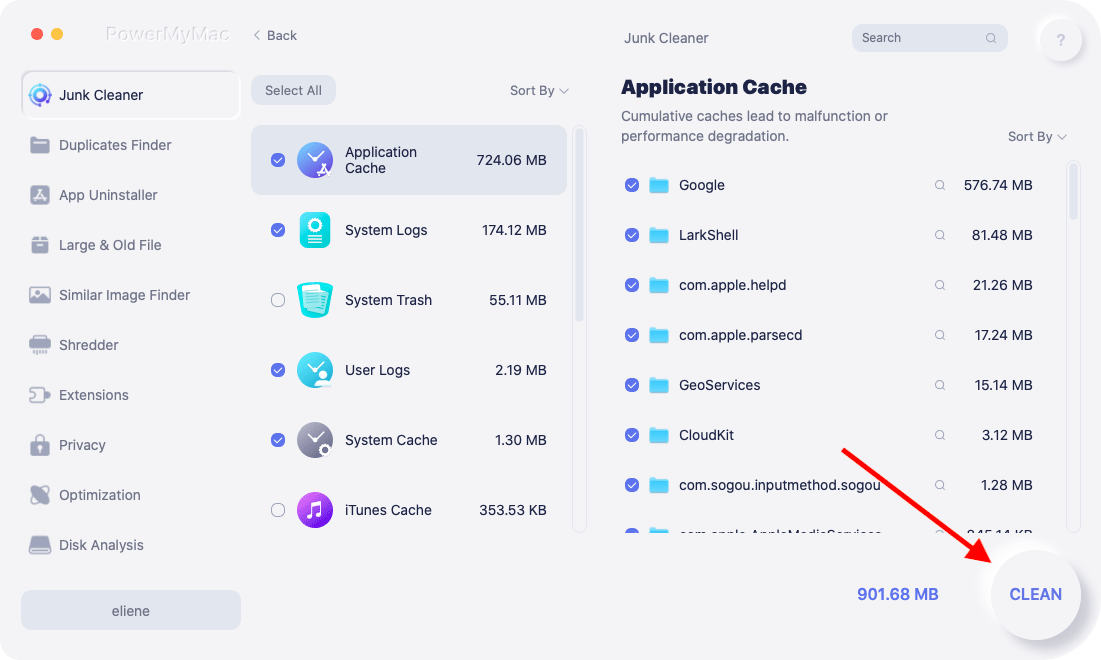
Step 4. System Junk File – Cleaned!
Once that PowerMyMac is done with the cleaning process, it will then display the same category on your screen and you can see an indication that says “Cleanup Completed”. This means that your system junk file is all clean.
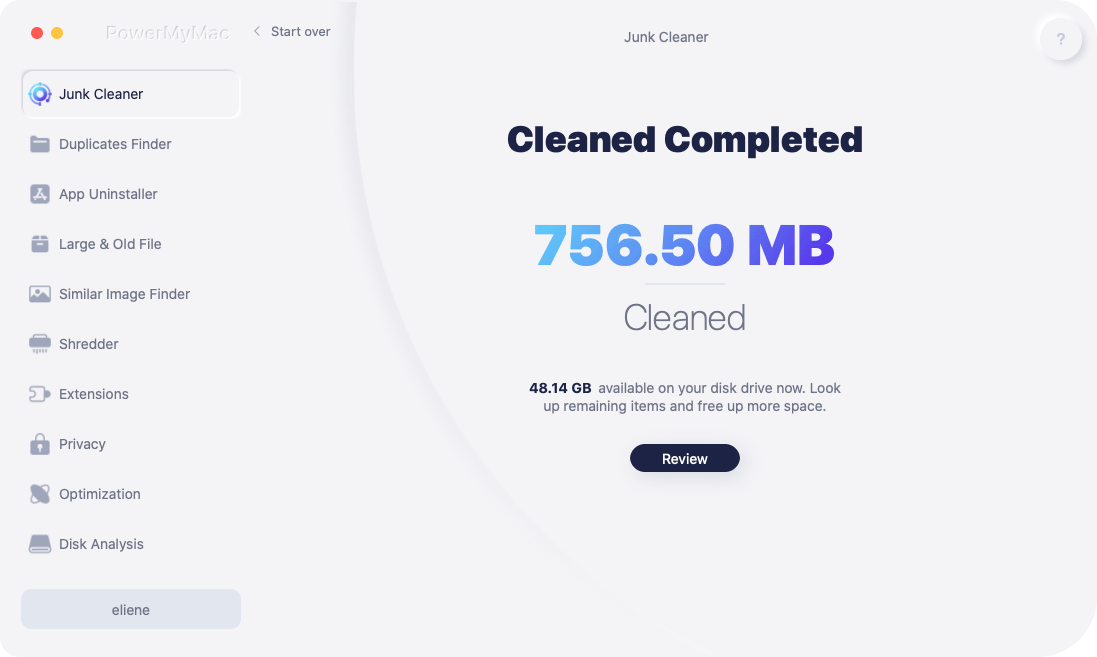
PowerMyMac can also help you de-clutter, and scan and remove your large and old files. It can also help you get rid of the email attachments that you do not need, your iTunes backup, and your multi-language. This program is guaranteed to be safe, easy, and effective to use. You can have it's free trial to clean junks or apps first.
Part 3. How to Clean System Junks Using Mac’s Terminal?
Using Terminal, you can actually set up a cleaning schedule on your Mac. This cleaning up process will depend on how many would you want to keep your Mac cleared out its junks.
Here is how to clear system junk on Mac using terminal:
- Launch Terminal on your Mac.
- Go ahead and type in the following – sudo periodic daily, sudo periodic weekly, sudo periodic monthly.
- Choose from one of the following things that you want to type in.
- After entering the desired option, go ahead and press on the
Enterbutton. - Finally, go ahead and try to restart your Mac once the automatic cleanup is done.
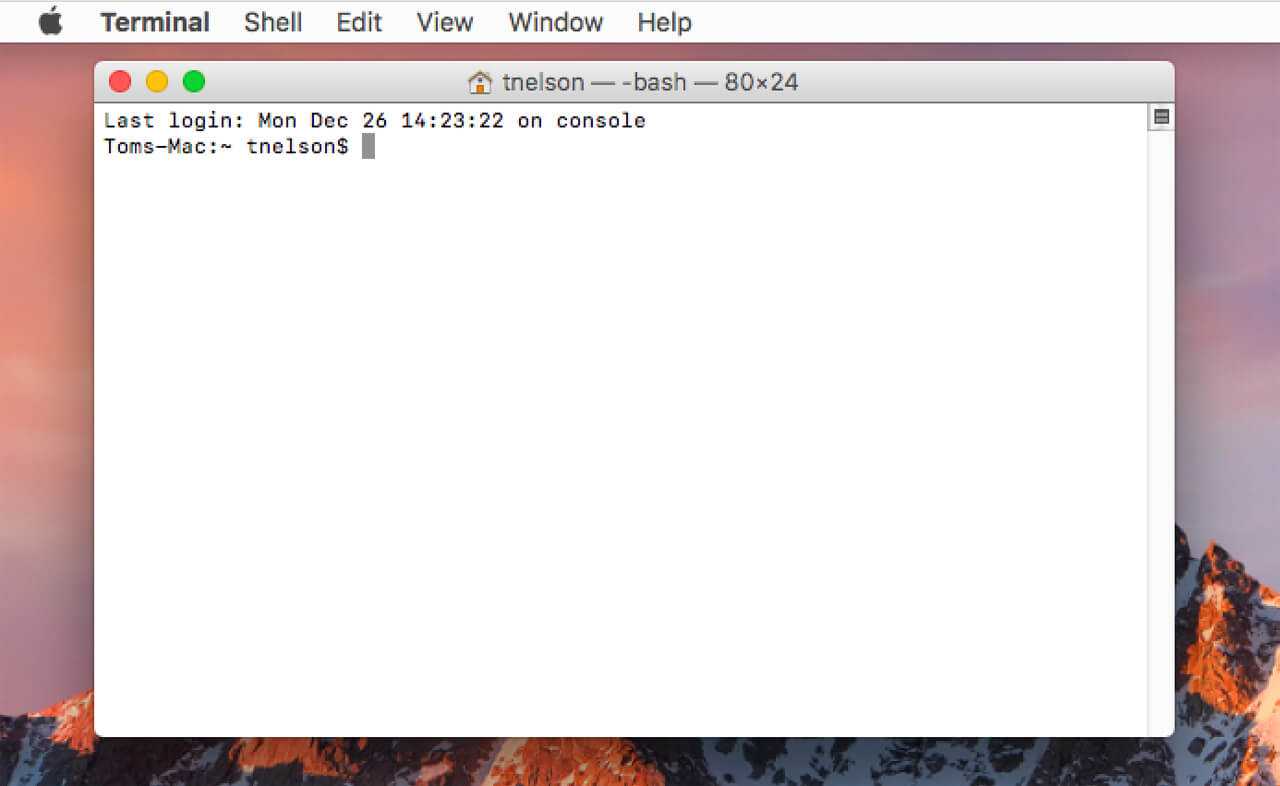
Note: This method of cleaning up your system junk is not the best way but you can still try it. Once that the cleanup process is done using this method, there is a chance that your system will start glitching.
Because of this, you may need to make some corrections in authentication for you to get your application work properly.
Bouns Tip: How to Clean System Junk on Windows
If your operating system is Windows, you can make use of the Disk Cleanup tool in Windows to clean up system junks on Windows 7/10 ,or other versions, follow the steps below:
- Go to the Start menu, then click All Programs.
- Go Accessories > System Tools > Disk Cleanup.
- Click Disk Cleanup to access a new window, then choose the files you want to remove.
- Click the Ok button, then click on Delete Files.
Part 4. Conclusion
As we have shown you, cleaning up the system junk file on your computer is one of the most important things that you should do. This is because these files are actually eating up your storage space especially if they are already piled up. Not only that, but it can also affect the performance of your Mac as it runs slower and slower. Because of this, there are ways on how to clear system junk on Mac.
You can use Terminal for you to make a schedule cleaning on your Mac. However, it not that efficient when it comes to cleaning up your system junk. Luckily, you have the iMyMac PowerMyMac. It will allow you to remove your system junks with just a few clicks. This way, you can maintain the life and health of your Mac, boost its speed performance, and gain more space for you to store new and important files and applications on your Mac.




Joe2019-04-28 05:06:20
i am using windows pc and my wife has a mac, for several years. yes there are a bunch of system junk files. thanks for your tip, it's time to get out of them
Yaharose2018-11-12 00:18:53
You're right...lots of system junks, have to remove!